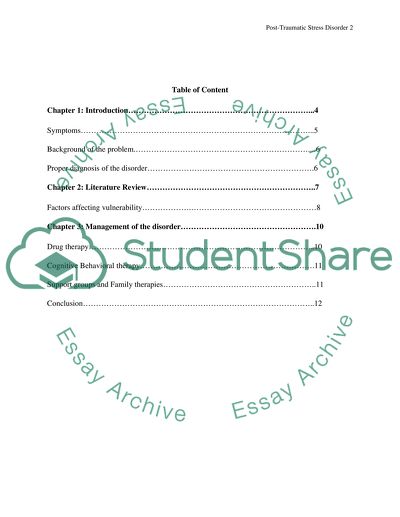Cite this document
(“Post Traumatic stress diorder in Soldiers Research Paper”, n.d.)
Retrieved from https://studentshare.org/family-consumer-science/1413346-post-traumatic-stress-diorder-in-soldiers
Retrieved from https://studentshare.org/family-consumer-science/1413346-post-traumatic-stress-diorder-in-soldiers
(Post Traumatic Stress Diorder in Soldiers Research Paper)
https://studentshare.org/family-consumer-science/1413346-post-traumatic-stress-diorder-in-soldiers.
https://studentshare.org/family-consumer-science/1413346-post-traumatic-stress-diorder-in-soldiers.
“Post Traumatic Stress Diorder in Soldiers Research Paper”, n.d. https://studentshare.org/family-consumer-science/1413346-post-traumatic-stress-diorder-in-soldiers.


